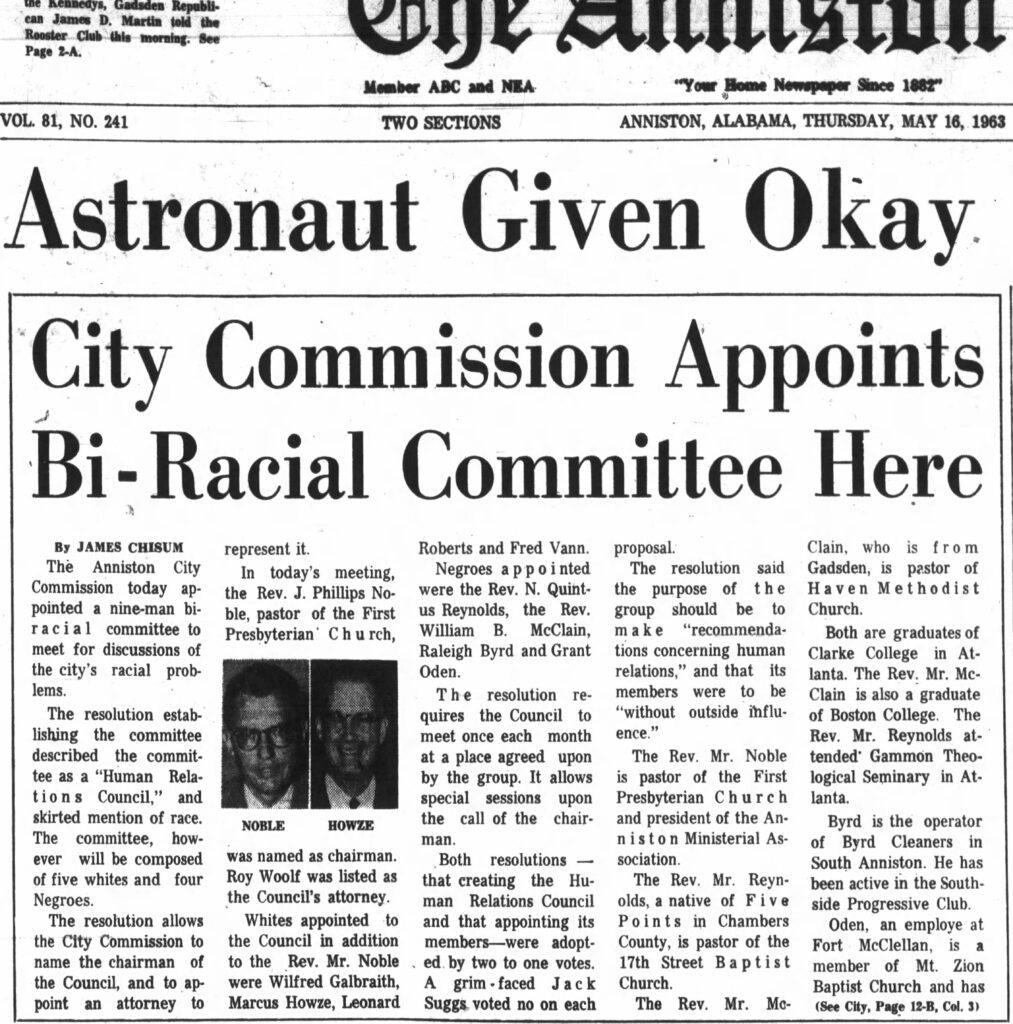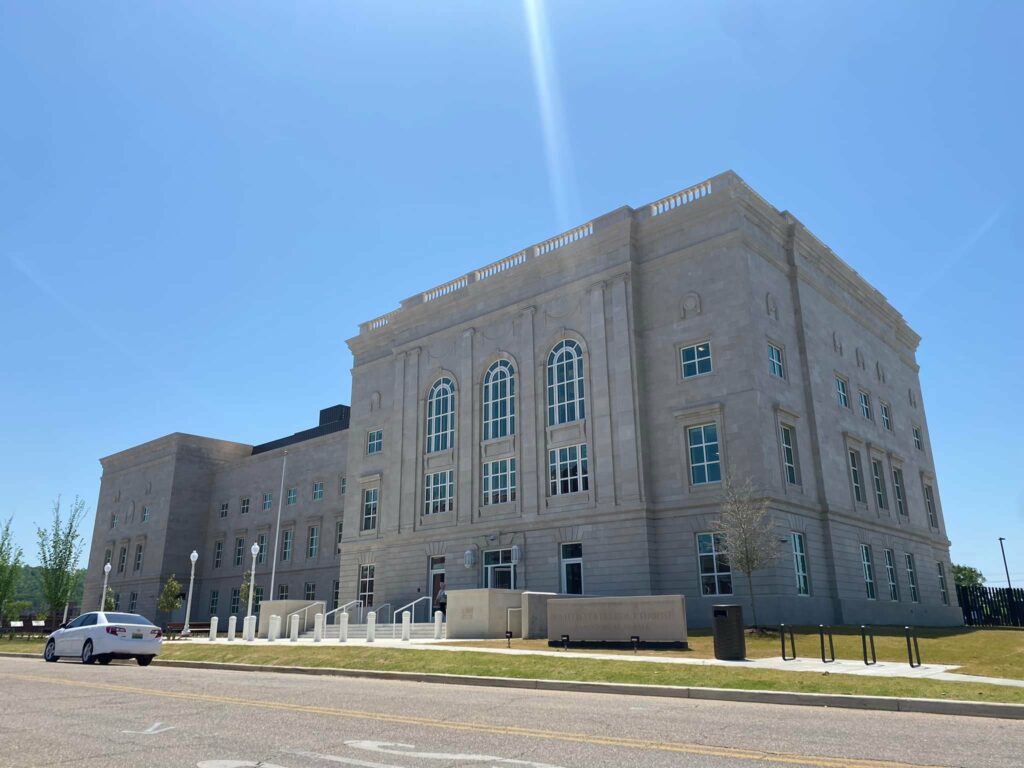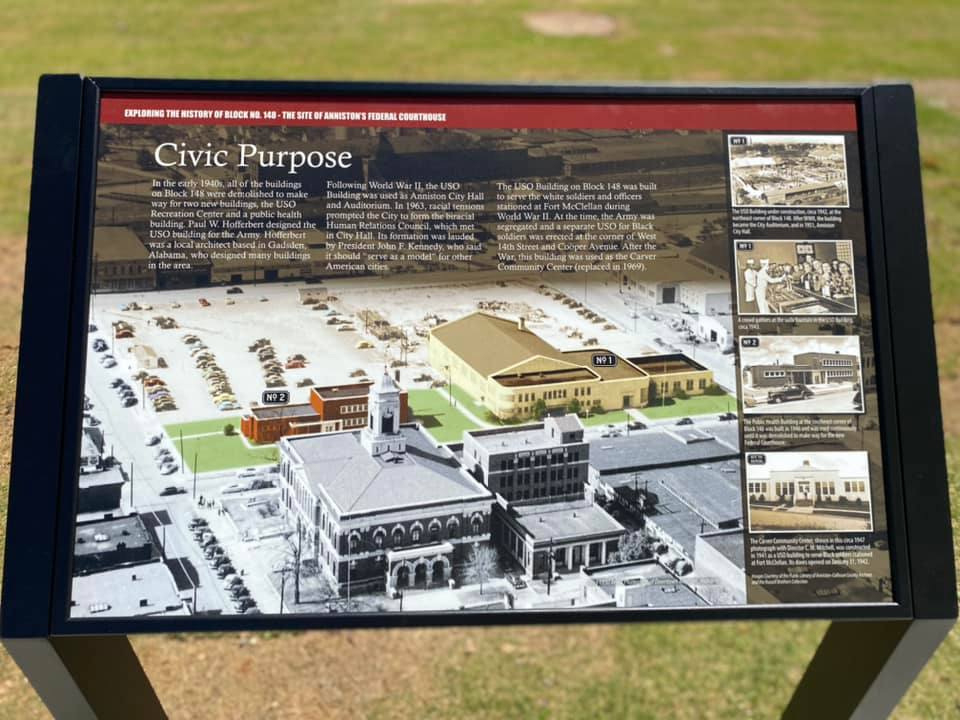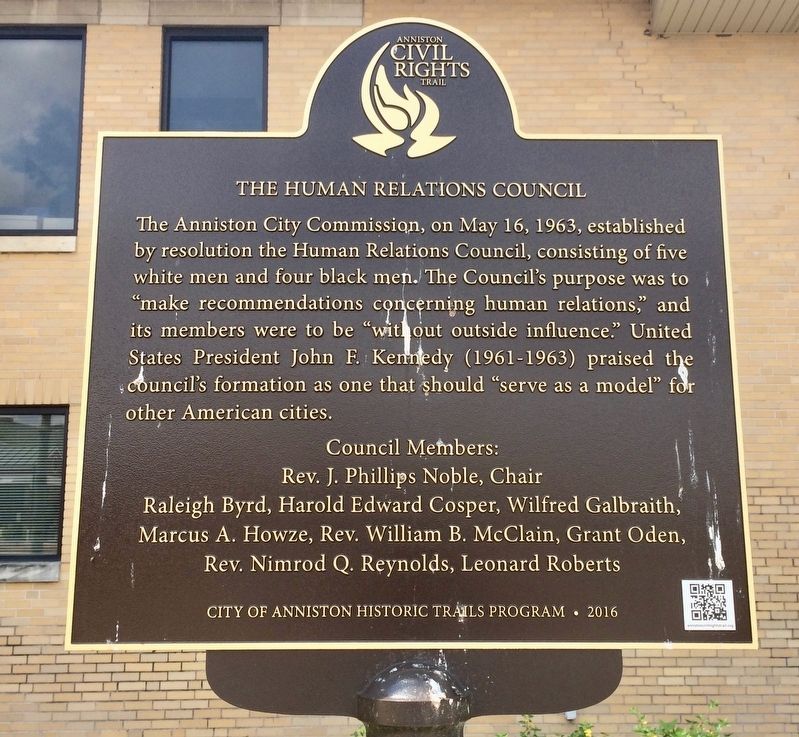- CITIZEN RESOURCES
- BUSINESS / CONSTRUCTION
Permits & Development
Fees, Zoning, & Inspections
Doing Business
- VISITING
2024 Redistricting
As people in cities and towns across the South reacted with violence to changes brought about by the Civil Rights Acts, Annistonians found a way to work together for racial harmony. On May 16, 1963, the Anniston City Commission, at the urging of City Finance Commissioner Miller Sproull, established two resolutions; one formed the bi-racial Human Relations Council, the other assigned its nine members — five white men and four black men.
The Council’s purpose was to “make recommendations concerning human relations,” and its members were to be “without outside influence.”(1) At the time when white men and black men rarely sat down with one another, serving on the council was an act of courage. Council members and their families faced threats on their lives and discrimination within their own communities.
One original appointee, Fred Vann, a white man, resigned within days of the Council’s formation, and Harold Edward Cosper was chosen to replace him. United States President John F. Kennedy (1961-1963) praised the action of creating the Council as one that should “serve as a model” for other American cities. (2)



This congressional act enforced the constitutional right to vote and strengthened the power of the district courts and the Attorney General to enforce equal rights and desegregation. It outlawed discrimination based on race, color, religion, sex, or national origin as well as racial segregation in schools, the workplace and public facilities. Originally called for by President John F. Kennedy in 1963, the Act was signed into law by President Lyndon B. Johnson on July 2, 1964.
The Anniston City Commission, on May 16, 1963, established by resolution the Human Relations Council, consisting of five white men and four black men. The Council’s purpose was to “make recommendations concerning human relations,” and its members were to be “without outside influence.” United States President John F. Kennedy (1961-1963) praised the council’s formation as on that should “serve as a model” for other American cities.
Council Members:
Rev. J. Phillips Noble (Chair) Raleigh Byrd, Harold Edward Cosper, Wilfred Galbraith, Marcus A. Howze, Rev. William B. McClain, Grant Oden, Rev. Nimrod Q. Reynolds, Leonard Roberts

1128 Gurnee Avenue, Anniston, Alabama 36201
(1) Mine Eyes Have Seen. Interviews. Nimrod Q. Reynolds and Charlie Doster. Anniston Museum of Natural History, Anniston AL: 2012. DVD.
(2) Noble, Phil. Beyond the Burning Bus: The Civil Rights Revolution in a Southern Town. Montgomery, AL: NewSouth,2003. Print.
(3) Ibid.

Sign up for our Quarterly Newsletter, upcoming event information, and more! This is the best way to stay informed on the latest news, activities, and happenings throughout the Model City!
Translate
Translate